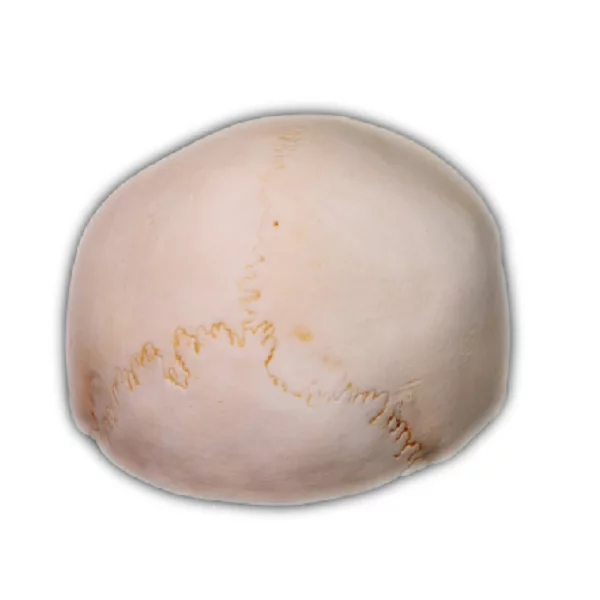
In today’s rapidly evolving world, the use of 3d human model anatomy has become increasingly popular. This technology allows us to delve into the intricate details of the human body in a way that was previously unimaginable.
The Advantages of 3D Human Model Anatomy

With 3D human model anatomy, we can now visualize and interact with anatomical structures like never before. These models provide a three-dimensional representation of the human body, allowing for a more comprehensive understanding of its complexities. By manipulating these virtual models, medical professionals and students can explore different systems and organs from various angles, enhancing their learning experience.
Furthermore, this technology offers flexibility in terms of customization. Users can zoom in on specific areas or isolate certain structures to gain a deeper insight into their functions. This level of detail is invaluable when it comes to studying complex anatomical relationships or preparing for surgical procedures.
DIGIHUMAN: Revolutionizing Anatomical Education
A notable player in the field is DIGIHUMAN – an innovative platform that provides access to highly detailed 3D human models. With DIGIHUMAN, users can navigate through an extensive library of anatomical structures and systems with ease. The interactive nature of this tool enables educators to create engaging lessons while empowering students to take control over their own learning experiences.
DIGIHUMAN also offers features such as cross-sectional views and augmented reality integration, further enriching the educational process. Students can dissect virtual cadavers without any ethical concerns or limitations imposed by traditional teaching methods.
Anatomy Physiology Lab: Bridging Theory and Practice
To complement these advancements in digital anatomy education, many institutions have established dedicated anatomy physiology labs equipped with state-of-the-art technology. These labs provide students with hands-on experience, allowing them to apply their theoretical knowledge in a practical setting.
Within these labs, 3D human model anatomy plays a crucial role. Students can practice procedures and explore anatomical structures using physical models that closely resemble the virtual ones they have studied. This integration of digital and physical learning enhances comprehension and prepares students for real-world scenarios they may encounter in their medical careers.
In Conclusion
The advent of 3D human model anatomy has revolutionized the way we study and understand the complexities of the human body. With its flexibility, interactivity, and ability to bridge theory with practice, this technology is shaping the future of anatomical education. As it continues to evolve, we can expect even more exciting advancements that will further enhance our understanding of ourselves.

